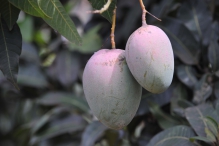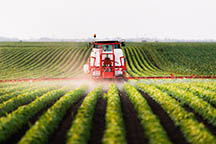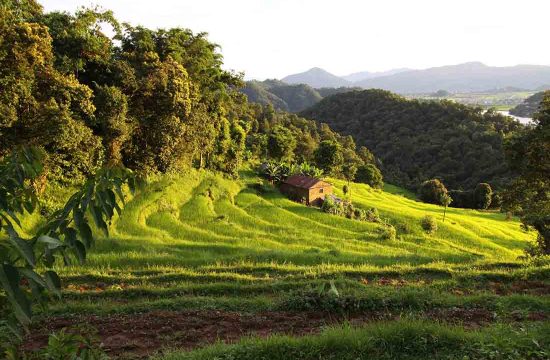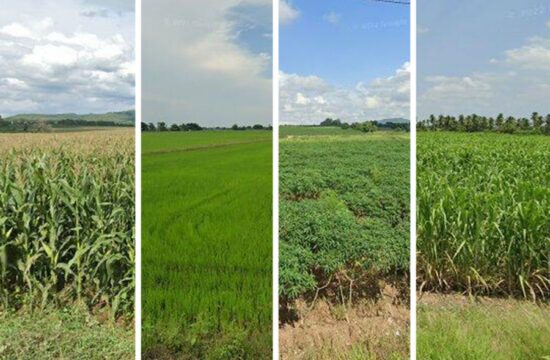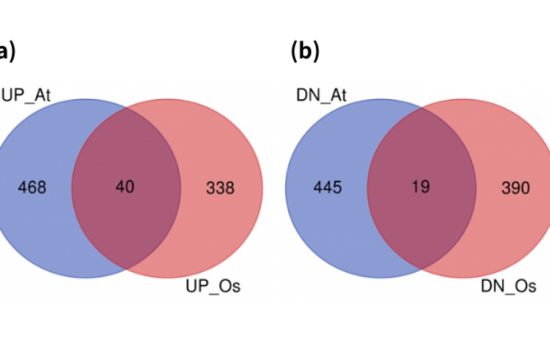The Asia region’s agriculture, livestock, forestry and fisheriesproduce food through an intricate and complex relationship.Better understanding these associations can help scientists and food producers improve food security and nutrition in a region that is expected to lead global population growth in coming decades.
“We need biodiversity for food and agricultural production, including fibre, fuel, fodder and much more. Associated biodiversity and ecosystem services also underpin ecosystem resilience, adaptation to climate change and sustainable livelihoods,” said Vili A. Fuavao, Deputy Regional Representative of the FAO Regional Office for Asia and the Pacific.
The purpose of the consultation on the State of Biodiversity for Food and Agriculture in Asia is to assess the state of knowledge and the needs and priorities for its sustainable use and conservation. Representatives from 14 countries are participating in the consultation. It is part of a global assessment process under the aegis of the Commission on Genetic Resources for Food and Agriculture of the Food and Agriculture Organization of the United Nations (FAO).
“Previous assessments have given us quite a clear picture of what we know and what we do not know about plant, animal, forest and aquatic genetic resources, in other words, the biodiversity that is of direct use to human beings, be it as food or plow horse,” said Irene Hoffmann, Secretary of the Commission.
In 2017, FAO will launch the next edition of The State of World’s Biodiversity for Food and Agriculture. The report will look at the contribution biodiversity makes to food security, livelihoods and environmental health.
“This report is different from our previous assessments in that it will look at the diversity of micro-organisms, invertebrates, amphibians, reptiles, birds, plants and mammals that are found in and around food production systems and often contribute to the provision of important ecosystem services supporting food and agricultural production,” said Hoffmann. “I am confident that the report will improve our understanding of this hidden treasure, ‘associated biodiversity‘ that supports agriculture, livestock, forestry and fisheries.”
Asia is home to 5 of the world’s 17 megadiverse countriesknown to have the majority of the Earth’s species and a high number of endemic species. The five Asian countries are China, India, Indonesia, Malaysia and the Philippines.
The region also has a huge amount of wild foods, non-traditional and underused edible plants and animal species, a wide diversity of landscapes and production systems and rich traditional knowledge about the use and maintenance of biodiversity for food and agriculture.
“Of the more than 50 000 edible plant species in the world, only about 7 000 have been cultivated for consumption in human history. Most aquaculture produce comes from only about 200 species of the more than 175 000 species of fish, molluscs, crustaceans and aquatic plants living on this planet. A mere 35 or so animal species have been domesticated for use in agricultural and food production,” said Fuavao.
“In order to feed our growing population, we have to intensify agricultural production in a more sustainable manner. There is no way we can do it without agricultural biodiversity. Our mission is to maintain biodiversity for food and agriculture,” he added.
Participants in the three-day consultation will discuss priorities for biodiversity for food and agriculture, related to monitoring and assessment, sustainable use and conservation, policies, institutions and capacity, and regional and international cooperation. this page.
Source: http://www.fao.org/


